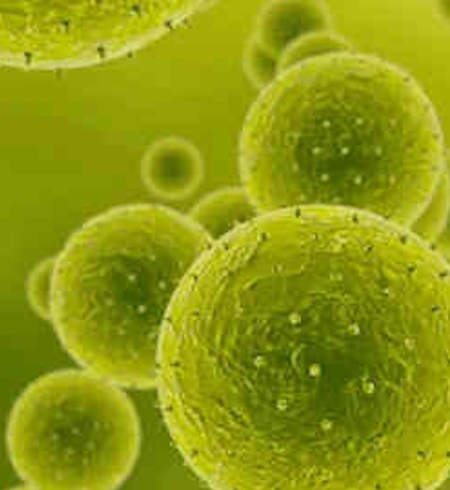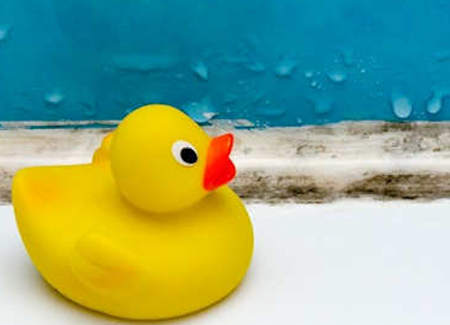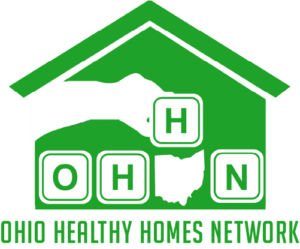Mold Basics

What is mold?
Molds are fungi found inside and outside throughout the year. Molds play a beneficial role outside the home by breaking down organic matter. However, molds inside buildings can eat away at the building, changing its appearance and smell.
Molds can grow on almost any substance as long as they have the nutrients needed: moisture or water, oxygen and an organic source. They reproduce by creating tiny spores.
Mold spores become a problem when they land on a damp spot and begin growing and can grow without sunlight.
Is mold regulated in Ohio?
The state of Ohio has no standards for mold exposure nor has the federal government enacted laws and regulations related to mold exposure limits. No certification or licensing requirements exist in Ohio for mold inspectors and remediators. The Ohio Department of Health has a very limited role with regard to mold but will answer questions from the public.

Disclosure is required of conditions that could cause mold including roof and gutter leaks, water intrusion, water or moisture related damage as a result of flooding, moisture seepage, condensation, sewer overflow/backup, and leaking pipes, plumbing fixtures, or appliances.
Tenants may have recourse when facing a serious mold problem caused by leaks and moisture in their apartment. Leaks and moisture are code violations. The Ohio Landlord Tenant Law says landlords must make all repairs needed to make the apartment livable and keep major systems in working order. See Additional Resources
A Brief Guide to Mold, Moisture and Your Home, US EPA
About Mold and Moisture, US Department of Housing and Urban Development
Flood Guide: A Field Guide for Flooded Home Cleanup, National Center for Healthy Housing
